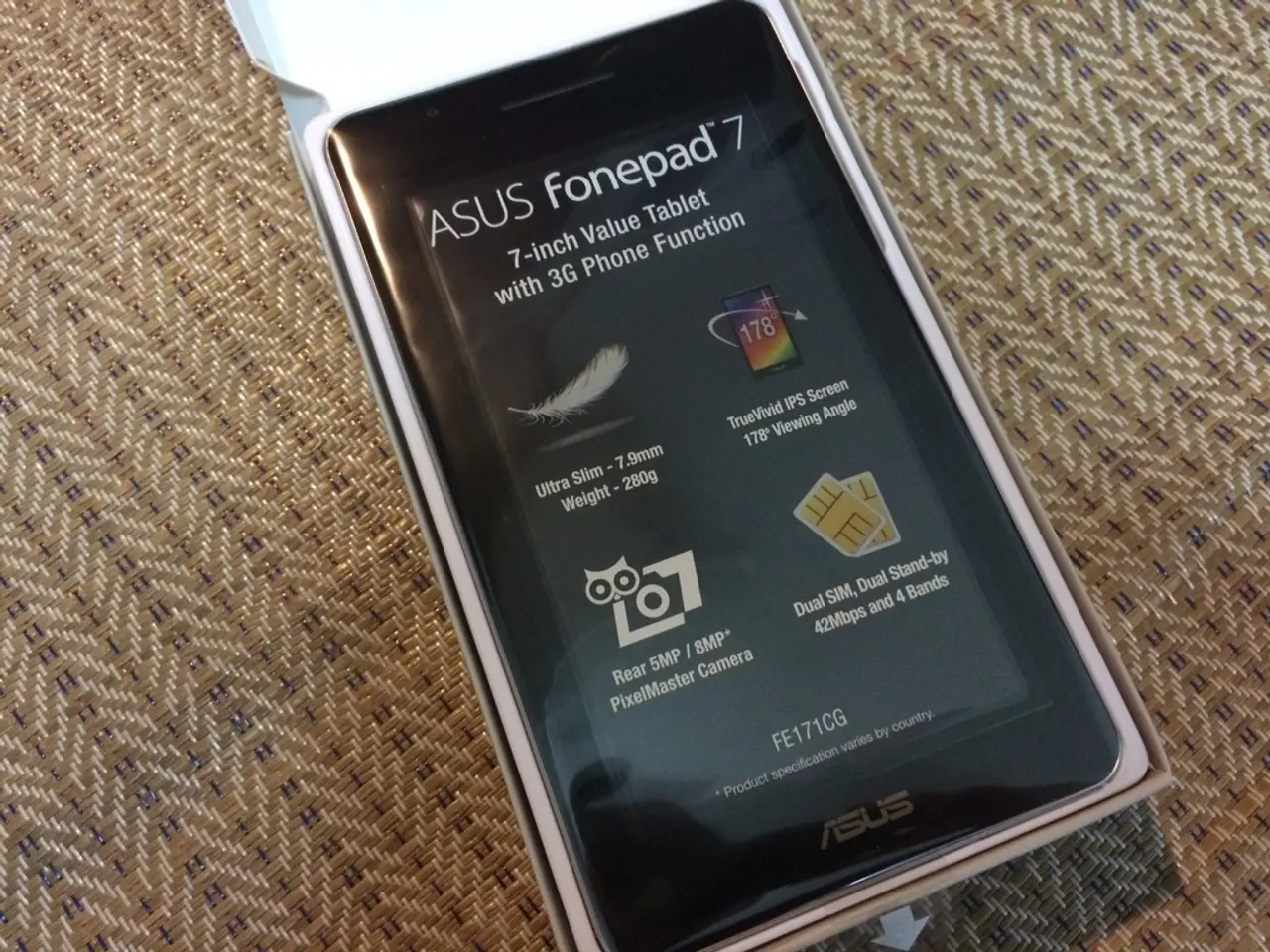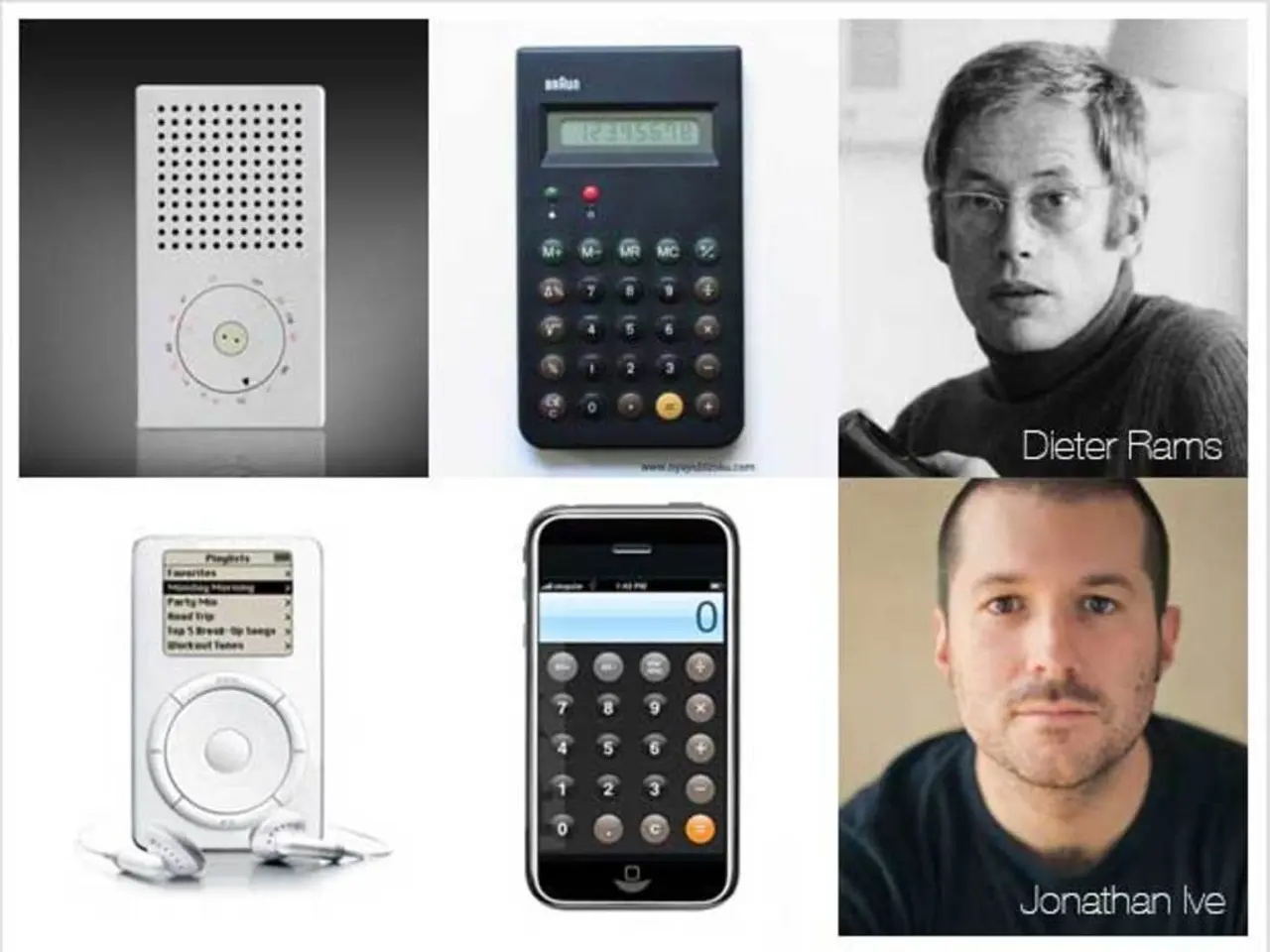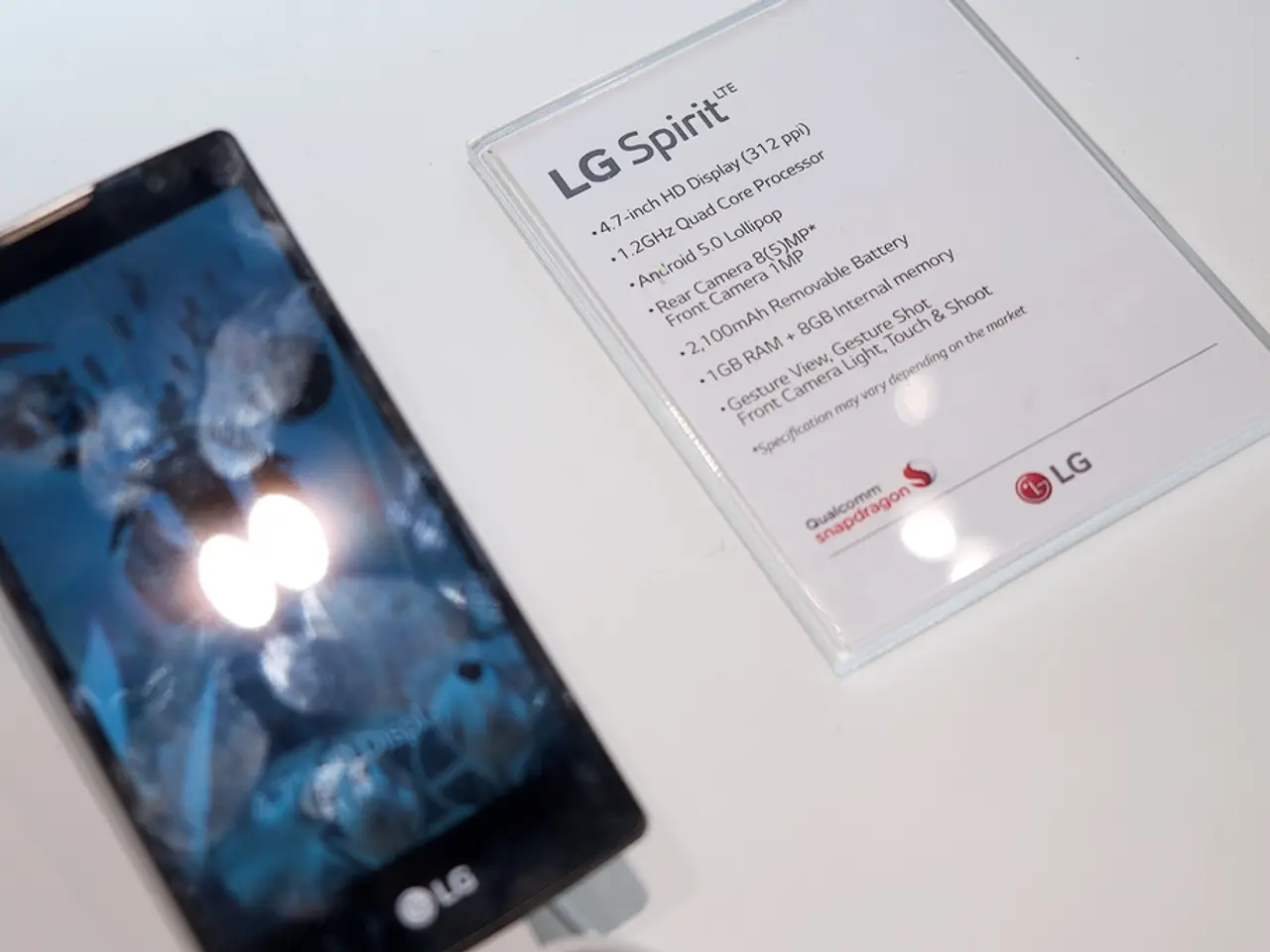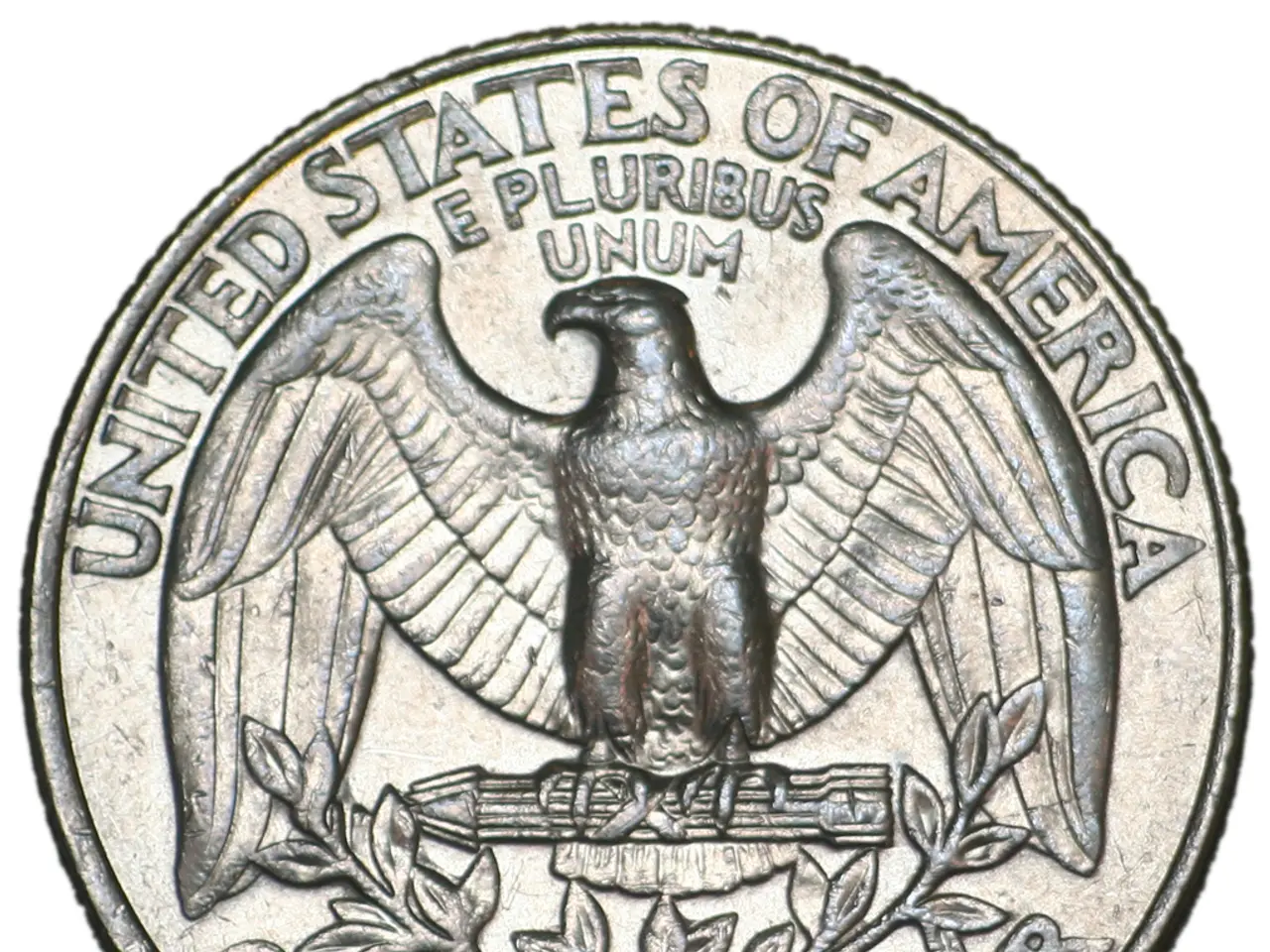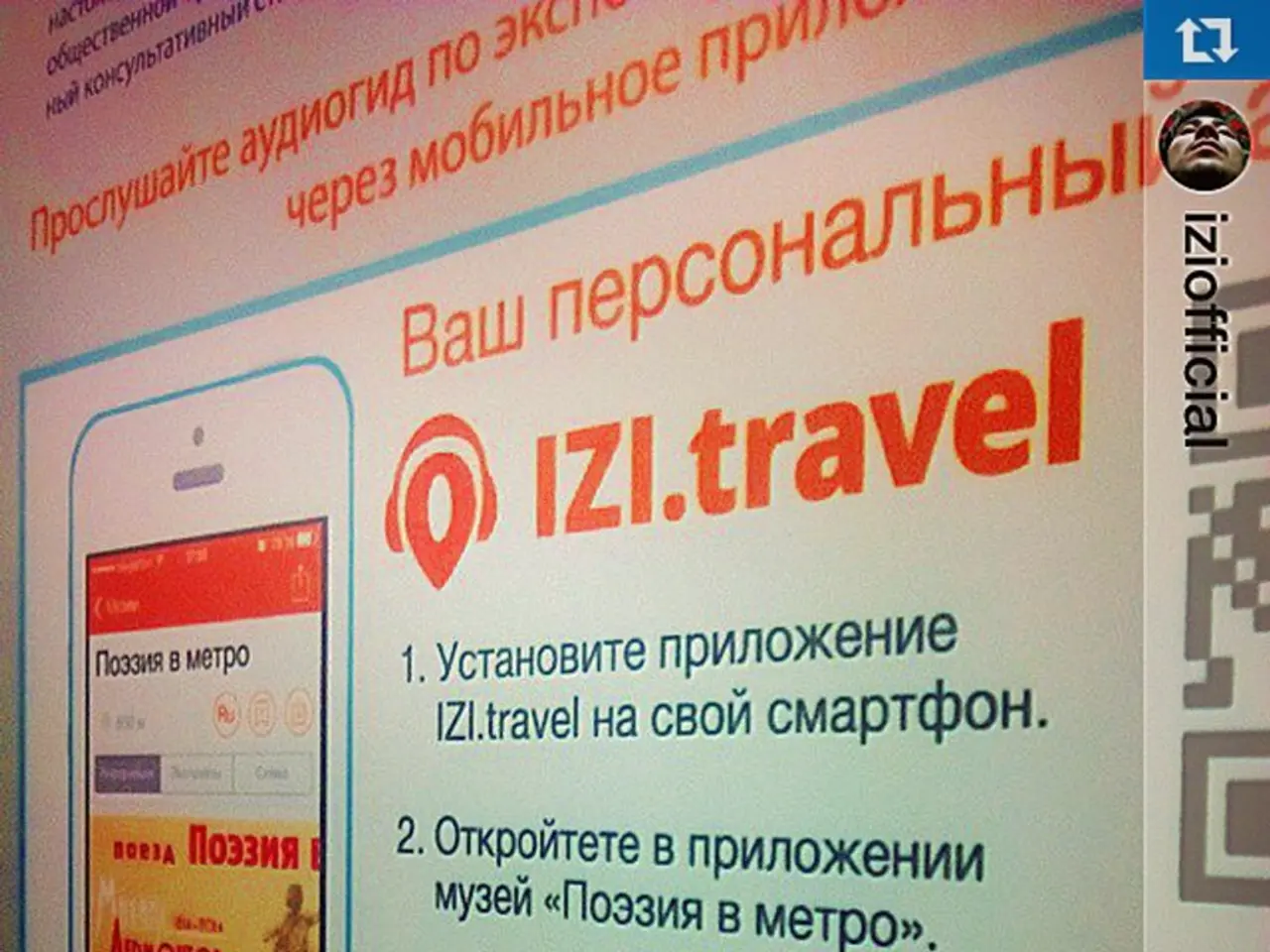Android 16 undergoes major visual overhaul, presenting a funky new look; however, the question remains, does this redesign enhance user-friendliness?
**Introducing Material 3 Expressive: A New Era of Customization and Usability for Android 16 and Wear OS**
Google has unveiled a significant shift in design philosophy with the introduction of the Material 3 Expressive design language, now available on Android 16 and Wear OS. This evolution from the previous Material You aesthetic marks a focus on enhanced usability, customization, and visual appeal.
Material 3 Expressive brings about key improvements in usability, such as the replacement of outlined buttons with solid ones in key apps like Phone, and the organization of interface elements into distinct boxes instead of plain lists. This change aims to make interactions clearer and more intuitive for users.
Customization options have also been expanded, allowing users to tailor their devices more personally. The return of deeper customization options, such as multiple app icon shapes and resizable Quick Settings tiles, emphasizes Android's strength of adaptability over rigid UI rules.
Other notable enhancements include improved touch targets and UI clarity, with buttons shifting from pill-shaped to squared corners when selected, toggles receiving new visual feedback, and important settings being grouped into visually distinct cards. Refined animations, like the scalloped, rotating contact image for incoming calls, merge aesthetic fluidity with functional clarity.
Comparatively, iOS tends to prioritize a consistent, uniform design with limited customization, ensuring a predictable user experience. Material 3 Expressive, however, introduces more personalization options, which can potentially add complexity but appeals to users who value flexibility.
The new design language has been generally well-received for its balance between aesthetic freshness and practical improvements. While iOS's design changes are often more incremental, user feedback for Material 3 Expressive has been positive, with users appreciating the blend of aesthetic vibrancy and practical customization.
Google plans to release the beta version of Material 3 Expressive for Android 16 and Wear OS in the coming weeks. While concerns about potential clutter and difficulty in navigation have been raised, the design language's focus on visual clarity and customization options aims to mitigate these concerns.
As Material 3 Expressive continues to roll out, it's clear that Google is striving to make Android more "opinionated" and visually distinctive. With its rounded buttons, bubblier animations, and bolder colors, fonts, and organic feel, Material 3 Expressive seems particularly suited for the round screens of smartwatches like the Pixel Watch 3 and OnePlus Watch 3.
[1] TechCrunch. (2023). Google unveils Material 3 Expressive design language for Android 16 and Wear OS. [online] Available at: https://techcrunch.com/2023/03/01/google-unveils-material-3-expressive-design-language-for-android-16-and-wear-os/
[2] The Verge. (2023). Google's Material 3 Expressive design language is all about customization and clarity. [online] Available at: https://www.theverge.com/23601108/google-material-3-expressive-design-language-android-wear-os
[3] Android Police. (2023). Google's new Material 3 Expressive design language brings customization and clarity to Android 16 and Wear OS. [online] Available at: https://www.androidpolice.com/2023/03/01/googles-new-material-3-expressive-design-language-brings-customization-and-clarity-to-android-16-and-wear-os/
[4] Engadget. (2023). Google's Material 3 Expressive design is a fresh, more customizable take on Android. [online] Available at: https://www.engadget.com/google-material-3-expressive-design-android-16-wear-os-030123222.html
- Gizmodo's tech experts have pointed out that the Material 3 Expressive design language, launched on Android 16 and Wear OS, signifies a bold move towards greater customization and usability in the world of technology.
- The future of tech, especially for Android devices and smartwatches, looks vibrant with the adoption of Google's Material 3 Expressive design, which emphasizes expressive aesthetics, customization, and user-friendly interactivity.
